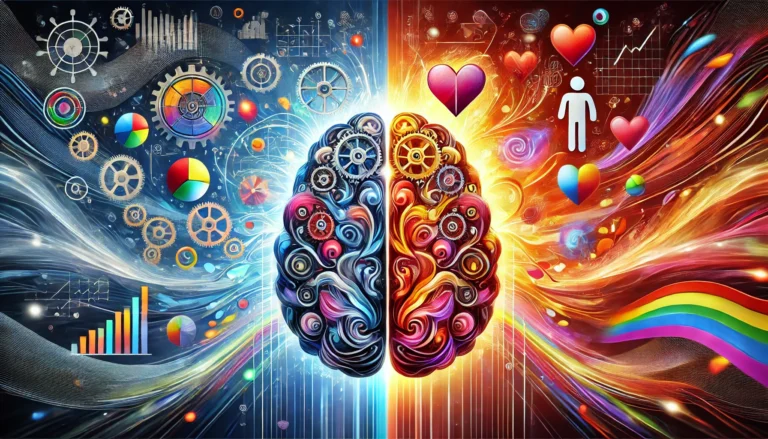The internet as we know it is evolving. From the static web of the past (Web1) to the interactive, social-driven platforms of today (Web2), the next frontier is Web3—a decentralized, user-centric vision for the internet. But what exactly is Web3, and why is it gaining traction? Let’s dive into this transformative technology and explore what’s next.
What is Web3?
Web3 represents a shift in the way we interact with the digital world. Unlike Web2, where data and platforms are controlled by centralized entities (like Google, Facebook, and Amazon), Web3 is built on blockchain technology, enabling decentralization. This means:
- Ownership: Users own their data and digital identities.
- Transparency: Transactions and interactions occur on transparent, immutable ledgers.
- Decentralized Applications (dApps): Applications are run on peer-to-peer networks rather than centralized servers.
Key Features Driving Web3
- Decentralization: Power is distributed among users instead of centralized authorities.
- Smart Contracts: Automated, self-executing contracts eliminate intermediaries.
- Tokenization: Digital assets and currencies drive economies within Web3 platforms.
- Interoperability: Protocols allow seamless interaction between different blockchain ecosystems.
- Enhanced Privacy: Users have greater control over their personal information through cryptographic technologies.
Why is Web3 Important?
Web3 addresses many of the pitfalls of Web2, including:
- Data Exploitation: By giving users ownership of their data, Web3 mitigates privacy violations.
- Monopolistic Control: Decentralization reduces the dominance of tech giants.
- Economic Inclusion: Cryptocurrencies and decentralized finance (DeFi) provide financial access to underserved populations.
Current Innovations in Web3
- NFTs (Non-Fungible Tokens): Transforming digital art, music, and gaming by ensuring creators retain rights and royalties.
- DeFi (Decentralized Finance): Revolutionizing traditional banking with blockchain-based lending, borrowing, and trading.
- Metaverse: Immersive virtual worlds like Decentraland and The Sandbox are powered by decentralized technologies.
- DAO (Decentralized Autonomous Organizations): Community-driven governance models for businesses and projects.
Challenges Ahead
Despite its potential, Web3 faces several hurdles:
- Scalability: Blockchain networks need to handle large-scale adoption without compromising performance.
- Usability: Simplifying the user experience is critical to mainstream adoption.
- Regulation: Governments worldwide are grappling with how to regulate decentralized systems.
- Security: Protecting users from hacks and scams remains a priority.
What’s Next for Web3?
As Web3 continues to evolve, here are some trends to watch:
- Layer-2 Solutions: Scaling technologies like Polygon and Optimism will make Web3 applications faster and more affordable.
- Cross-Chain Interoperability: Bridges between different blockchains will foster a more interconnected ecosystem.
- Mass Adoption: Major companies and industries are beginning to explore Web3 applications, from gaming to real estate.
- AI Integration: Combining AI with decentralized systems could unlock unprecedented innovations.
Conclusion
Web3 is more than just a buzzword; it’s a paradigm shift in how we think about the internet, ownership, and collaboration. While challenges remain, the potential of decentralized technology to empower individuals and reshape industries is undeniable. As Web3 matures, it’s not just about what’s next—it’s about reimagining the future of the digital world.
Are you ready to explore the world of Web3? Let us know your thoughts in the comments below!







